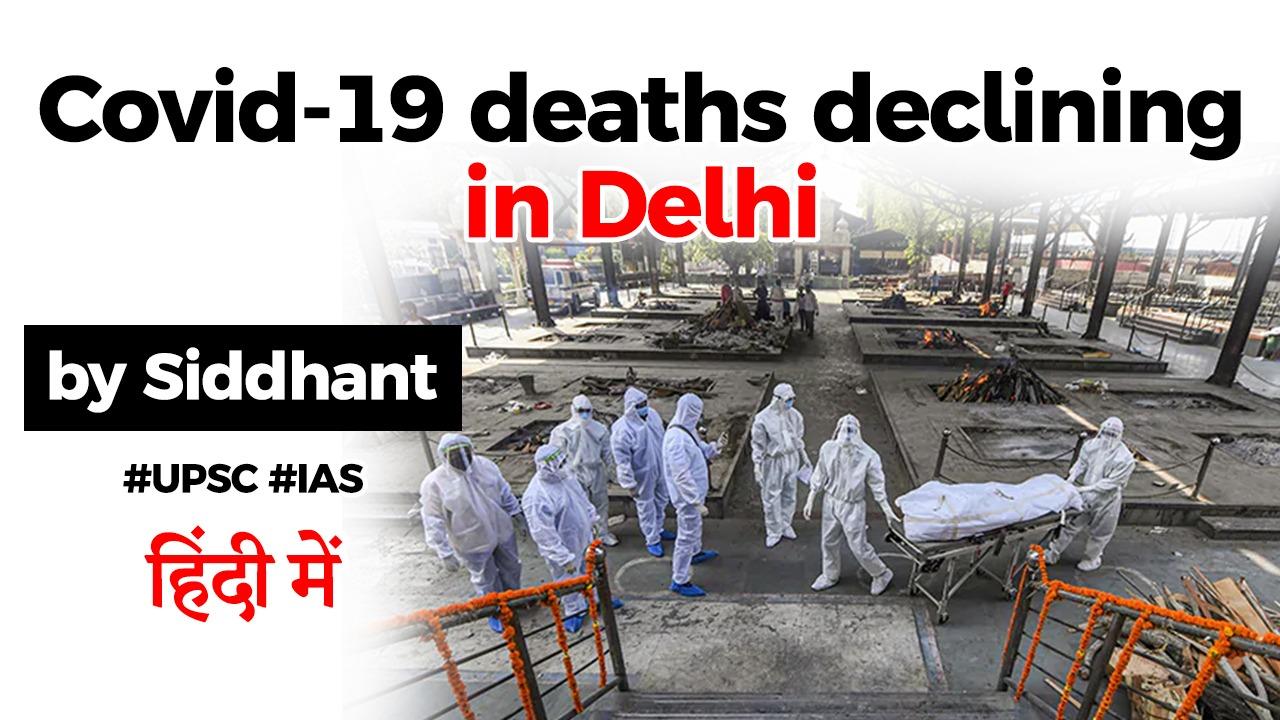Table of Contents
A decent Budget? | Pioneer
- When it comes to budget – most of us think – how much we will end up paying to the GOV?
- This year – things have remained unchanged
- This budget is one of the most challenging Budgets in recent history.

- The fiscal deficit is close to 10 per cent for fiscal year 2021.
- Disinvesting in Public Sector Units
- Govt: it will disinvest two Public Sector Banks and an insurance company and is almost certain to go ahead with the sale of the Life Insurance Corporation.
- Major infrastructure push in poll-bound States like Assam, Kerala, Tamil Nadu and West Bengal
- Some even described the Budget as Keynesian
- The concept of a ‘Bad Bank’
- Will the bankers in such a State-owned ‘bad bank’ be brave enough to take the haircuts needed to help distressed assets recover?
- There are positive moves such as the announcement to put assets into Infrastructure Investment Trusts (InvIT) such as transmission lines of the Power Grid and highways of the National Highways Authority of India.
- This might allow companies like these to better deploy their capital onto new projects.
- The tax breaks announced for foreigners, who invest in these InvIT and Real Estate Investment Trusts (REIT)
- If every country has learnt anything from the pandemic, it is that public healthcare spending has to go up.
- Better healthcare is needed for the future
- There are disappointments on the Defence and education fronts
Booster for health | Pioneer
- Lessons from Covid-19: self-reliance and the importance of having a robust healthcare infrastructure
- The Minister allocated Rs 2,23,846 crore to the sector, which is an increase of 137 per cent over last year’s Budget.
- Rs 35,000 crore set aside for vaccination

- Strengthening healthcare institutions and capacity building will also get the lion’s share.
- Sitharaman also proposed an Aatmanirbhar Swastha Bharat Scheme with an outlay of Rs 64,180 crore over the next six years and the main interventions under the scheme will support over 17,000 rural and 11,000 urban wellness centres.
- The Centre has put curative and preventive health and well-being on the forefront.
- Standardising infrastructure across the country
- Health insurance premiums are increasing
- Solid healthcare infrastructure is key for a nation that harbours the ambitions of becoming a $5 trillion economy.
Decoding the budget and the economics of welfare | HT
- GoI’s financial arithmetic – collapsing tax revenues and increased expenditure pressures
- How did the Union government reorient its macro-fiscal position to counteract the economic fallout of the pandemic and what does this reveal about the nature of the policy choices made by the government to respond to the Covid-19-induced economic crisis?
- What does the budget offer as a policy pathway to nurture the economy back to health in FY 2021-22?
- Revenue receipts collapsed from ₹20.2 lakh crore to ₹15.5 lakh crore, expenditure increased from ₹30.4 lakh crore to ₹34.5 lakh crore
- Finance minister Nirmala Sitharaman must be congratulated for breaking with tradition and being transparent about the fiscal deficit numbers while offering a path to fiscal consolidation by FY 2025-26.
- While tax revenues fell, the real hit to the Centre’s finances came from a fall in disinvestment receipts and bringing off budget expenditure back on to the budget.
- The fall in net tax revenue to the Centre is responsible for a mere 1% of the rise in fiscal deficit numbers.
- Most of the increase in expenditure outlays is driven by the food and fertiliser subsidy (around 80%).
- Increases in health accounted for 3.88%.
- The share of states in the divisible pool of taxes fell from 32% in the budgeted estimates to 28.9% (Revised Estimates 2020-21).
- The government has increasingly relied on the assumption that proceeds from disinvestment will fund its expenditure commitments.
- Expenditure increases in FY 21 were limited to subsidies and essential relief through the Mahatma Gandhi National Rural Employment Guarantee Scheme (MGNREGS).
- State governments, at the frontlines of the Covid-19 battle, have been forced to rely on market borrowing as their share in the central government taxes fell significantly.
- Current situation: Large listed firms have profited at the cost of small firms and the informal sector.
- And the scars in the labour market, particularly informal labour, run deep.
- Reversing this trend is both a moral imperative and good economic sense — after all, if purchasing power remains low for the bulk of the economy, demand will collapse.
- The FY 22 budget ought to have increased expenditure for welfare, provided for an inclusive social protection architecture that protects vulnerable groups especially migrant workers, and increased capital expenditure.
- The pandemic has disproportionately impacted India’s poor and vulnerable.
The big gap in the budget | HT
- Liquidity enhancement by the central bank does not count as a stimulus, for while it makes it easier for firms to borrow, it does not, by itself, increase demand.
- The International Monetary Fund pegs it at less so that 2% of the GDP by October, among the lowest for emerging market economies.
- It was correctly stated that for the government’s aim of a ₹5 trillion economy to succeed, more manufacturing is needed, and that manufacturing needs infrastructure.
- Development Finance Institution – aim is for this bank to grow a ₹5 lakh crore portfolio within three years
- In the absence of policies that raise profit expectations, the private sector is likely to wait for an expansion of the economy before investing.
- This it has refused to do, privileging fiscal consolidation over an economic recovery.
- Under the circumstances we face today, reducing the fiscal deficit is not prudence.
NEWS
- PM Modi says, Union Budget will bring positive changes for individuals, industry, investors and infrastructure sector
- Capital expenditure increased to provide 5.54 lakh crores
- Budget outlay for health and well being hiked by 137 percent to over 2 lakh crore rupees
- Senior citizens above 75 years of age with only pension income exempted from filing Income Tax Return
- FDI limit in Insurance Companies increased to 74% in Union Budget 2021-22; allows foreign ownership and control with safeguards
- Agricultural credit target enhanced to 16.5 lakh crore rupees in the next fiscal
- Capital outlay increased by nearly 19 per cent giving defence modernisation historic push
- Tax holiday for start ups extended for another year till March 2022
- Leaders and Financial experts hail the budget as a step in the right direction
Download Free PDF – Daily Hindu Editorial Analysis






















 WhatsApp
WhatsApp